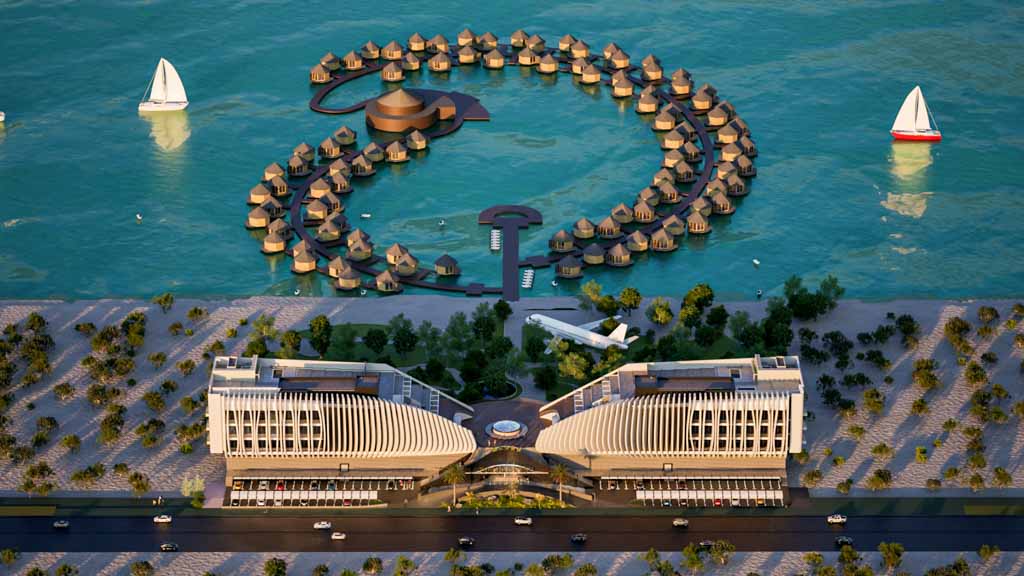Did you know that 83% of home buyers consider detailed visualizations critical when making purchasing decisions? Or that projects using 3D architectural visualization see a 40% faster approval rate from stakeholders compared to traditional blueprints? In an era where first impressions are everything, the ability to turn abstract ideas into lifelike experiences isn’t just a luxury, it’s a game-changer.
This isn’t about flashy tech jargon or robotic simulations. It’s about humanizing design, giving clients, architects, and buyers the power to see, feel, and believe in spaces long before they’re built. Let’s explore how 3D architectural rendering and 3D rendering for real estate are reshaping industries, one pixel at a time.
The Evolution of Design Communication
Gone are the days of squinting at 2D-floor plans or relying on vague descriptions to envision a building. 3D architectural visualization has flipped the script, transforming flat lines into immersive, interactive worlds. Think of it as the difference between reading a recipe and tasting the dish.
Gone are the days of squinting at 2D floor plans. 3D architectural visualization turns abstract lines into living spaces you can almost touch. It’s like replacing a handwritten grocery list with a fully set dinner table, suddenly, everyone understands the vision without needing a decoder ring. Designs aren’t just seen; they’re felt.
Why Real Estate Can’t Afford to Ignore 3D Rendering
Imagine selling a property that hasn’t been built yet. A decade ago, this meant relying on artist sketches or generic models. Today,3D rendering for real estate lets buyers explore sunlit living rooms, rooftop gardens, and even the view from their future balcony, all from their smartphones.
The numbers speak for themselves:
- Listings with 3D architectural visualization see 50% more inquiries than those without.
- Developers using 3D rendering for real estate report a 30% reduction in sales cycles, as buyers commit faster when they can experience spaces.
But it’s not just about marketing. These tools minimize costly miscommunications. One developer avoided a $200K redesign after a client spotted a sightline issue in a 3D model. A five-minute zoom-in saved us five months of headaches, they shared.
How 3D Architectural Rendering Builds Trust
Ever tried describing a cozy, modern-industrial vibe to a contractor? Words often fall short. 3D architectural rendering eliminates the guesswork by delivering a visual handshake between vision and execution.
A survey found that 68% of clients struggle to interpret traditional architectural drawings. But with 3D architectural visualization stakeholders instantly grasp proportions, materials, and spatial flow. It’s like swapping a dictionary for a conversation.
For architects, this clarity is transformative. Before 3D, clients would nod along to concepts they didn’t fully grasp, says Michael, a veteran architect. Now, they point to virtual walls and say, ‘Move this here’ or ‘Add a window there.’ It turns passive observers into collaborators.
The Benefits of 3D Architectural Visualization
While jaw-dropping visuals dominate headlines, the real magic of 3D architectural rendering unfolds behind the scenes. This technology isn’t just about crafting eye-catching images, it’s a multitool for smarter, faster, and more inclusive design decisions. Here’s how:
1. Sustainability Testing with Precision
Imagine adjusting a building’s orientation in real-time to maximize natural light, reducing HVAC costs by up to 25%. 3D architectural visualization lets architects simulate seasonal sunlight patterns, wind flow, and even material heat absorption.
2. Cost Forecasting That Saves Millions
With 3D architectural rendering, teams spot structural conflicts before construction begins. One high-rise project in Chicago identified a ventilation duct interfering with load-bearing walls during the virtual phase, saving 14 weeks of rework and a mid-build budget crisis.
3. Design Democratization
From contractors to kindergarteners, 3D architectural visualization speaks a universal language. A developer in Miami even let future residents vote on lobby finishes via a VR poll.
The Future is Now: Where Tech Meets Human Creativity
Critics argue that 3D architectural visualization could make the design feel sterile. But the opposite is true. Want to test 10 flooring options in an hour? Done. Experiment with curved walls instead of right angles? Easy.
Emerging trends like VR walkthroughs and AI-driven 3D architectural rendering are pushing boundaries further. One firm even uses haptic feedback gloves, letting clients feel virtual marble countertops. It’s not just about seeing a design, it’s about living it.
Conclusion:
In 2024, 3D rendering for real estate and 3D architectural visualization aren’t just tools, they’re universal translators. They turn architects’ dreams into clients’ convictions, and buyers’ doubts into solid signs.
Whether you’re a developer pitching a skyscraper or a homeowner renovating a kitchen, these technologies offer something priceless: certainty. Because when someone can stroll through their future home or office, debate, paint colors, and hear their voice echo in an unrealized atrium… that’s no longer visualization. That’s reality, rendered.
Ready to transform your next project? Partner with Limina Studios and don’t just tell your audience what’s possible, show them. With 3D architectural rendering, the future isn’t a concept. It’s a click away.























